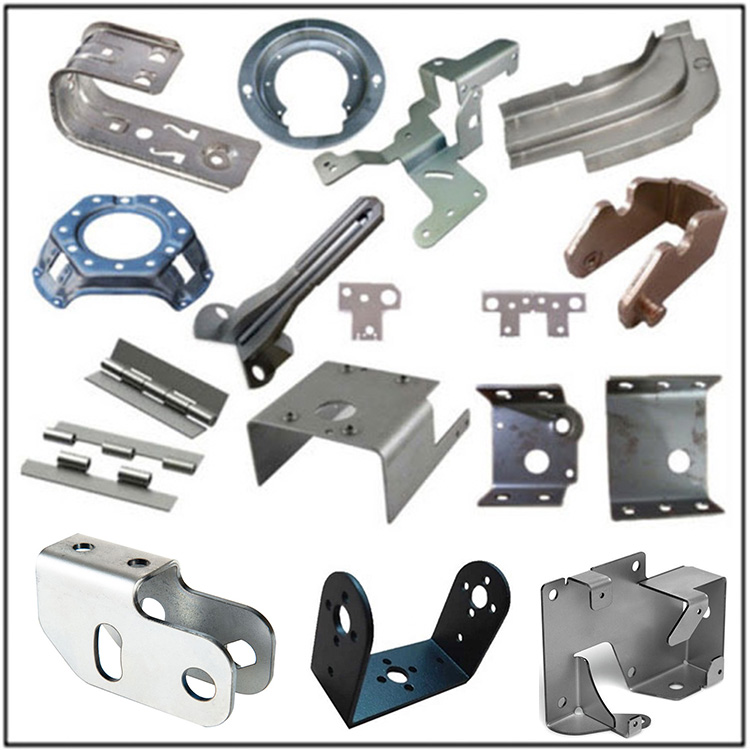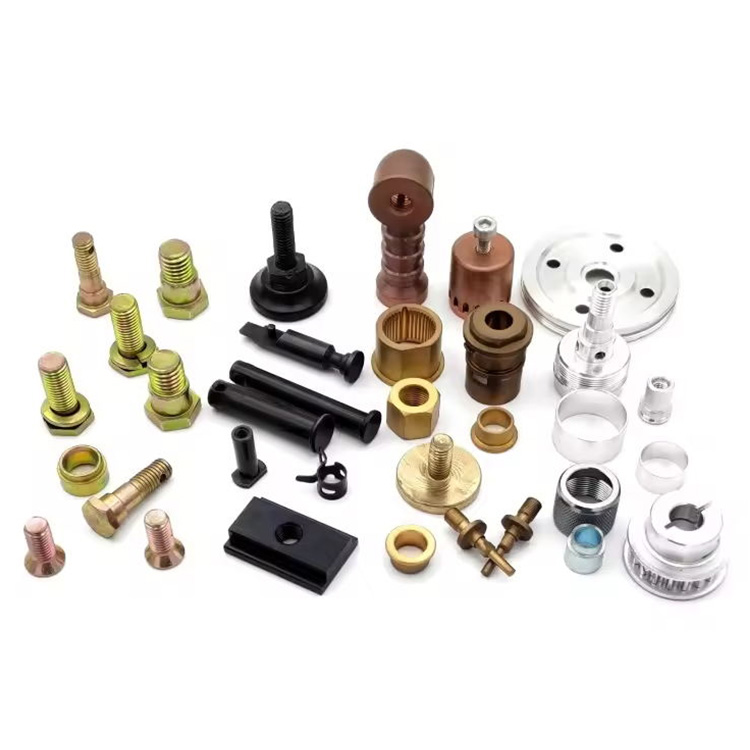
Material Selection and Function of Metal Spring Stamping Parts
In metal stamping parts, metal spring plates are one of the products we use more frequently. It is an important component of the switch, serving as a high-quality switch between the operator and the product through the conductivity of the metal spring.
The material of metal shrapnel is generally determined based on its purpose and performance. For example, if physical resilience is required and the frequency of use is high and the pressure is high, spring steel, carbon steel, or high hardness stainless steel are generally selected. After forming, heat treatment quenching is carried out to reduce its carbon content and increase the hardness to increase the pressing service life of the shrapnel; To achieve physical properties such as easy welding, acid and alkali resistance, and increased conductivity, copper materials can be used to process spring plates, such as phosphor copper spring plates and beryllium copper spring plates. Surface treatment methods such as electroplating (gold, silver, nickel, tin, etc.) can be used to meet the requirements; Furthermore, for digital products such as electronic communication, the main process requirements are mainly reflected in accuracy, conductivity, and weldability. Therefore, when using copper to process shrapnel products, it is generally specified to use a fixed grade/hardness of copper material, such as phosphor copper, beryllium copper, purple copper, yellow copper, bronze, etc.
What are the main functions of metal spring?
① Control the movement of machinery, such as valve springs in internal combustion engines and control springs in clutches.
② Absorb vibration and impact energy, such as springs under cars and train carriages, and vibration absorbing springs in couplings.
③ Storing and outputting energy as power, such as clock spring, springs in firearms, etc.
④ Used as force measuring components, such as the springs of force gauges, shrapnel scales, etc. The ratio of load to deformation of spring is called spring stiffness, and the greater the stiffness, the harder the spring. According to the force properties, spring can be divided into tension spring, compression spring, torsion shrapnel, and bending spring. According to their shape, spring can be divided into disc-shaped spring, annular spring, plate springe, spiral spring, truncated cone spiral spring, and torsion bar spring. etc









